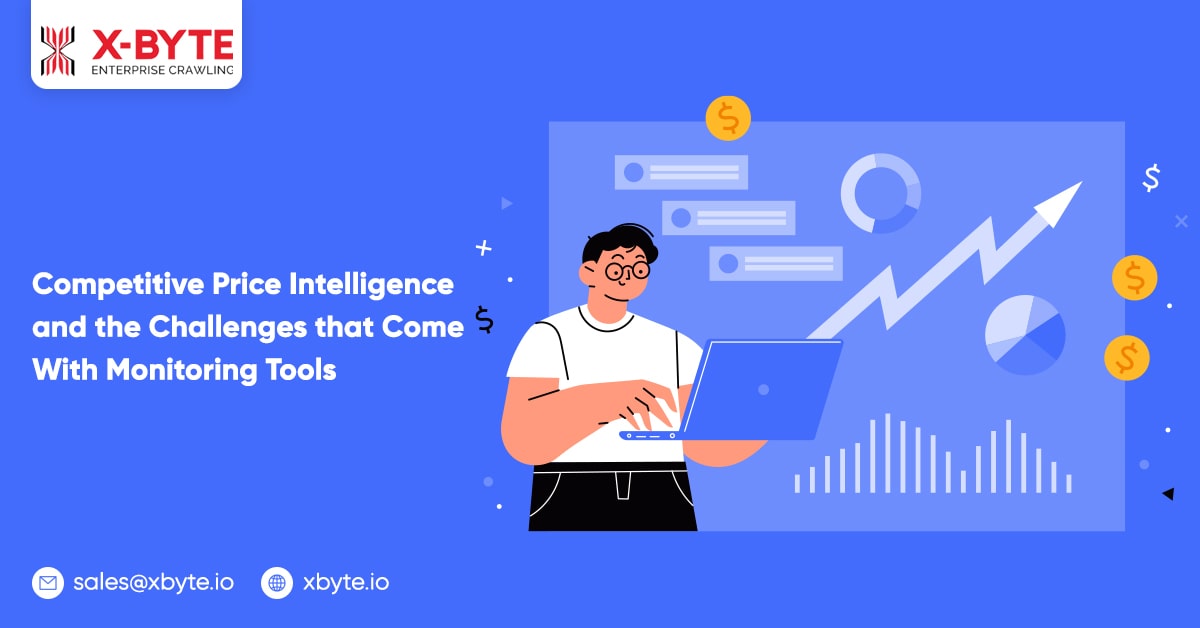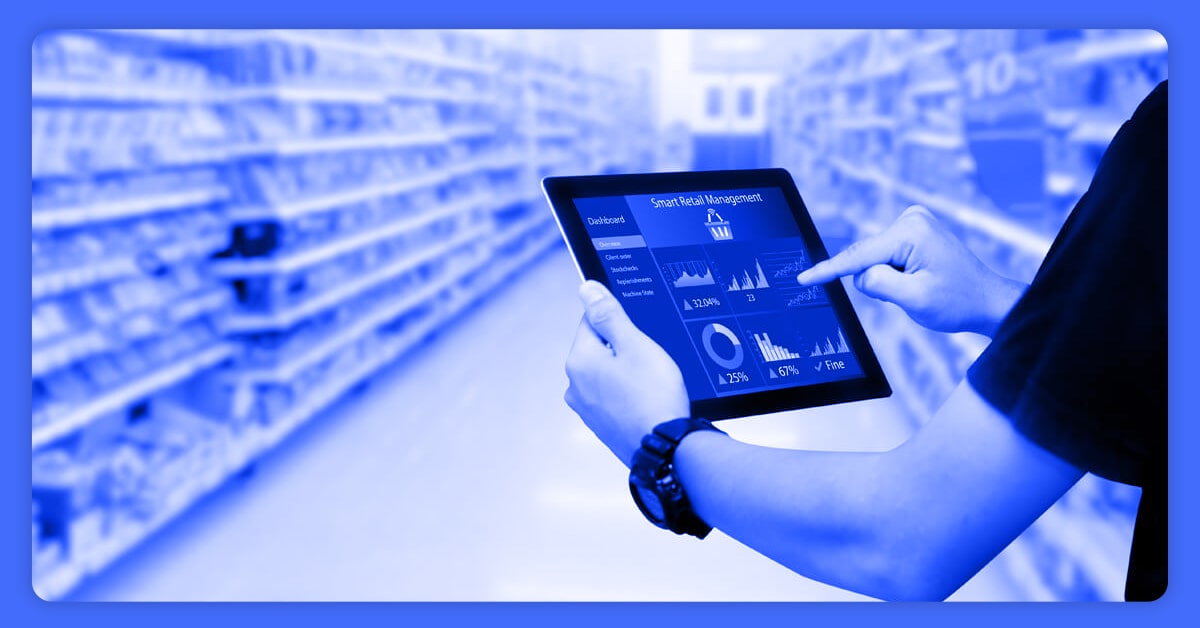
A good pricing strategy helps a business stay afloat, survive, and grow in a market with other businesses. Pricing is one of the most essential parts of a good marketing plan. Moreover, price is the first thing a consumer notices about a product, among the significant factors directing purchasing decisions. For instance, studies show that price remains the primary decision driver, with 50 percent of consumers acknowledging it as one of their top three considerations while buying something. So, a business must develop an excellent pricing strategy to attract the right customers. A company can choose from different pricing strategies based on other things.
For example, a business can set the price to make the most money on each unit sold or the whole market. In the same way, it can set a price that will keep other companies from entering the market. With the rise of eCommerce and frictionless comparison, every business landscape has become all the more competitive. So, price and the right pricing strategy are more critical than ever for a business to stand out from the crowd and make as much money as possible. Competitive price intelligence comes into play because it’s no longer a good idea to set prices based on guesswork or a quick look at the costs of similar products.
What is a Competitive Pricing Strategy?

Simply put, a pricing strategy is how your business decides how much to charge for different products and services. The relationship between margin, price, and sales level is considered when pricing products. In the same way, a competitive pricing strategy is a plan in which a business sets a fee for its products that is the same as the price on the market for similar products from competitors. Instead of using different pricing models, many businesses are now using competitive price intelligence. But it takes a lot of work to figure out how to set prices based on what competitors do.
Competitive pricing is the most sought-after business strategy of all sizes and types. How people buy things is a significant factor in a competitive pricing strategy. After the Product has been on the market for a while and is up against a fair number of alternatives and competitors, the pricing decisions of those competitors could help boost profits. In this situation, setting prices in line with the competition is essential.
As a business, you have three ways to set competitive prices:
- Raise the price of the Product. If you want to charge more than your competitors, you’ll need to add new features and make improvements to your Product that are worth the higher price.
- Price the Product lower. Whether or not you can price it lower than your competitors will depend on how much money you have. It could be a good plan if you can increase the amount without significantly affecting production. But there is always a chance that profits will go down or the business will go bankrupt.
- Figuring out the price same as the Competition: If you set your Product’s cost to be the same as your competitors, there is no difference. The center of attention moves to the Product itself. You’ll be ahead of your competition if you offer more and better features for the same price.
Research, data, and metrics are needed to find the right pricing strategy based on how customers to act. Studies from the last few years show that even small price changes can change the profit margin by 20 to 25%. So, a competitive price analysis is essential.
Instances of Competitive Pricing

When there are only two businesses that are competing with each other, the idea of competitive pricing is easy to understand. For example, if two companies make lipstick for women, they will try to keep their prices the same and market their products in a way that makes them stand out from the other brand in terms of quality and features. Even the most prominent companies use competitive prices to grow their market share.
Also, 92 percent of people who shop online now make a price comparison at some point or another. So, competitive pricing strategies ensure customers don’t move to a lower-priced competitor. Most of the time, competitive price intelligence and benchmarking tools are vital resources that help a business decide about competitive prices.
The Use Of Dynamic Pricing And Price Intelligence In Ecommerce: A Few Challenges.

When businesses have powerful tools for keeping an eye on prices, they can set prices that are both competitive and based on what customers do. They are necessary to keep an eye on the most important competitors and use dynamic repricing to keep eCommerce growing. When retailers change prices, they often have to deal with these four problems:
1. Accurate Competitive Data: Competitors Matched to Product Variant Level
The first problem with competitive price intelligence is matching products at the variant level. For example, if you are selling a pair of Adidas Size 9 shoes, you want to compare the price of your SKY to the prices set by other retailers who sell the same SKU. You don’t want to know how much Adidas or other brands of shoes in size ten cost. Many pricing solutions need help being precise and can’t compare apples to apples because they need to match at the SKU level.
2. Collect Competitive Data Globally from Different Platforms
Price competition in eCommerce is now a global thing. So, it is essential to look into prices around the world. Retailers with customers all over the globe must check the prices of their competitors in more than one country. In this situation, it’s essential to have a vital tool for monitoring costs and a strict way to check the data quality. Retailers, for example, want to get information from markets in the UK, USA, India, Mexico, the Far East, and other places around the clock and all year.
3. Robust Technology for Large-scale Data Collection and Invigilation
The best competitive price intelligence tools can keep an eye on substantial product catalogs with many SKUs from competitors daily on different marketplaces like Amazon, eBay, Walmart, and more. So, the pricing monitoring solution must handle vast amounts of data while keeping quality and scalability.
4. Product Automated Repricing for Stellar Dynamic Pricing
Lastly, competitive price analysis tools must have a robust price export engine and an advanced pricing rule engine. The best solution is strong enough. This will help to implement multiple price models. It can use different data points to develop advanced dynamic pricing strategies.
Wrapping It Up
So, there we have it, a crisp overview of competitive price intelligence and its challenges for products with multiple variants. The key is to opt for a price monitoring solution that provides accurate data. It can handle massive quantities of data. Moreover, it can compare prices globally. Besides, it offers automatic data-driven repricing solutions.
